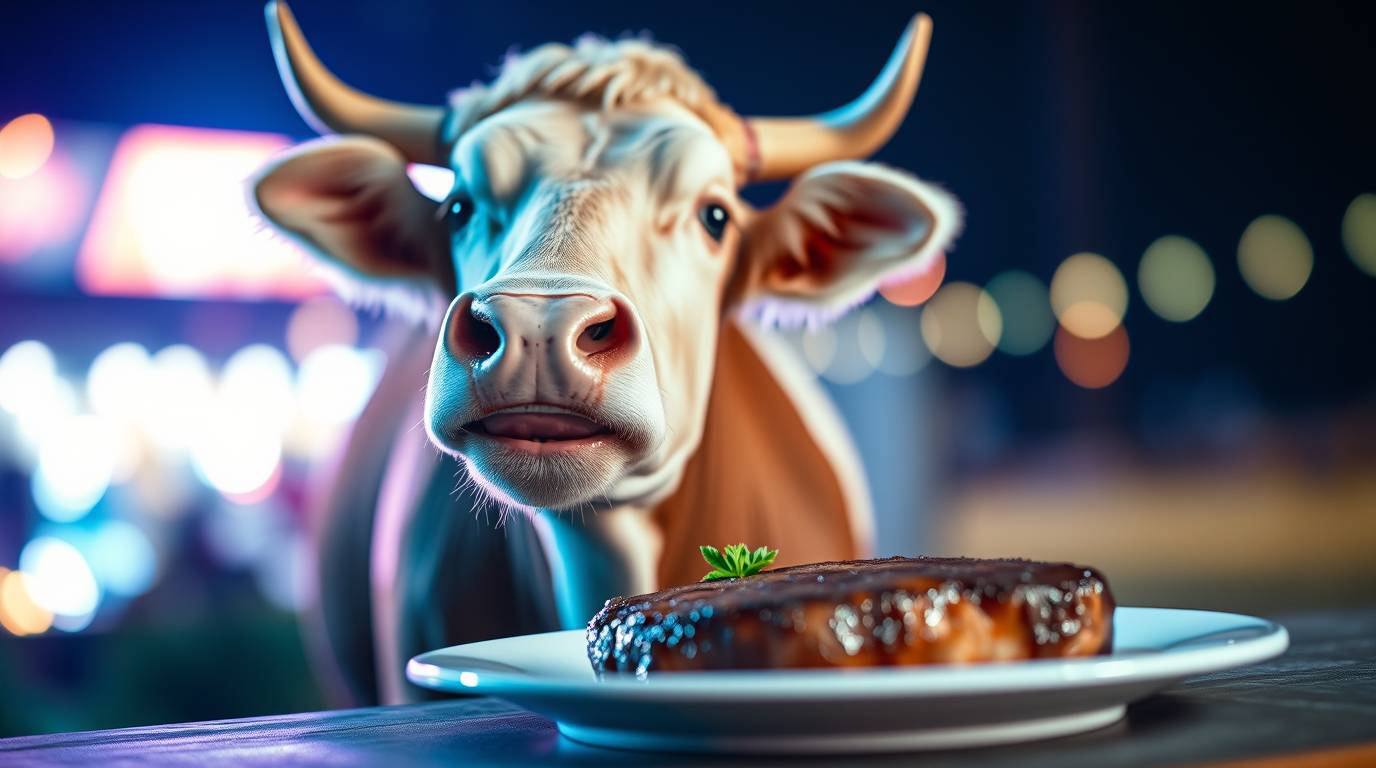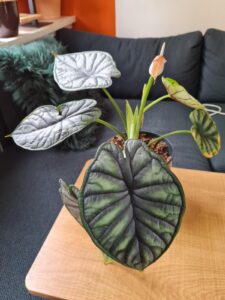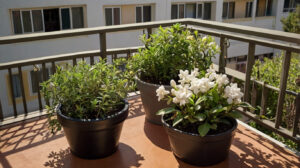
Key takeway: New research from the University of Nebraska-Lincoln fundamentally challenges long-held beliefs about cattle’s environmental impact. The study, part of a USDA-funded network, reveals that pasture-based systems can potentially sequester more carbon than cattle produce. Led by prominent researchers Galen Erickson and Tala Awada, the findings show that methane from cattle may have less environmental impact than previously thought, lasting only 10 years in the atmosphere compared to carbon dioxide’s thousand-year presence. This research could reshape agricultural practices and environmental policies nationwide.
In a groundbreaking discovery that could reshape the conversation around livestock and climate change, researchers at the University of Nebraska-Lincoln (UNL) have found that cattle’s environmental impact may be significantly less severe than previously believed, with some pasture-based systems potentially achieving carbon neutrality.
The comprehensive study, funded by the USDA’s Long Term Agroecosystem Research (LTAR) network, reveals that properly managed grazing systems can sequester more carbon than cattle emit, challenging long-held assumptions about livestock’s role in climate change.
“The conversation on cattle and climate has produced some incorrect assumptions,” says Galen Erickson, lead researcher and professor in UNL’s Department of Animal Science. “Sound data collected across many years and various environments shows cattle actually contribute to a smaller portion of the overall emissions than originally thought.”
The research, conducted at the Eastern Nebraska Research and Education Center (ENREC), compared conventional pasture-based and alternative partial-confinement systems, measuring both greenhouse gas emissions and carbon sequestration. The findings show that while cattle naturally produce methane through their digestive processes, this impact is offset by several factors previously overlooked in climate discussions.
Summary Table from the Paper:
| System | Total Emissions (lb CO2e/cow) | Carbon Balance (lb C/cow) | Carbon Sequestration (%) |
|---|---|---|---|
| Conventional | 7,388 | 135 | 138% |
| Alternative | 6,295 | -3,040 | 70% |
Key among these findings is the revelation about methane’s atmospheric lifespan. According to 2019 research from Oxford atmospheric scientists, methane persists in the atmosphere for only 10 years, compared to carbon dioxide’s thousand-year presence. Additionally, methane accounts for just 11% of greenhouse gases, while carbon dioxide, primarily from fossil fuel use, comprises 79%, according to EPA data.
“When optimized grazing is applied based on the climate and the region, there is more carbon sequestered than what cattle breathe out in CO2 and produce in methane,” Erickson explains. The study found that conventional pasture-based systems can achieve up to 138% carbon sequestration, effectively becoming carbon sinks rather than sources.
Dr. Tala Awada, professor and associate dean in the Agricultural Research Division, emphasizes the importance of this transdisciplinary approach. “We’re investigating the whole production system of beef with the purpose of creating a sustainable, profitable, and resilient system,” she says. “Our goal is to ensure consumer decisions are based on sound scientific information.”
The research team, which includes scientists from both UNL and USDA Agricultural Research Service, utilized advanced measurement techniques like eddy covariance and GPS tracking to quantify emissions. Their data shows that while pasture-based systems sequester more carbon, partial-confinement systems can result in lower overall emissions per animal.
The study particularly highlights the effectiveness of seasonal grazing practices in Nebraska, where cattle typically spend 180 days annually on pasture. This approach, combined with strategic use of dry lots during off-season periods, optimizes both environmental benefits and production efficiency.
Key details from the research paper:
- The study compares emissions from conventional (pasture-based) and alternative (partial-confinement) cow-calf systems.
- It uses advanced measurement techniques like eddy covariance and GPS tracking to quantify methane and carbon dioxide emissions.
- The results show that while pasture-based systems sequester more carbon, partial-confinement systems result in lower overall emissions per animal, though calves require more days on feed to reach market weight.
- The carbon balance and emissions depend on the greenhouse gas accounting metrics used, but pasture-based systems can be carbon neutral or even carbon sinks due to soil carbon sequestration.
“For the one year of above-average precipitation, the grazing system had a positive impact on the environment,” notes Awada. The team continues to monitor inter- and intra-annual variability in greenhouse gases as influenced by climate and management practices.
The implications of this research extend beyond academia, potentially influencing agricultural policy and consumer behavior. As climate-conscious consumers increasingly scrutinize food choices, this evidence-based research provides a new perspective on beef production’s environmental impact.
The research team, including Andy Suyker, Andrea Watson, Yijie Xiong, and Jim MacDonald, along with USDA scientists Virginia Jin and Marty Schmer, continues to explore additional mitigation strategies, including dietary additives that could further reduce methane emissions.
These findings come at a crucial time as the agricultural sector faces increasing pressure to address climate concerns while maintaining food security and economic viability. The research suggests that with proper management practices, cattle production can be part of the solution rather than the problem in addressing climate change.
References:
Nebraska Weighs in on Cattle Emission Conversation, Institute of Agriculture and Natural Resources, January 29, 2024
2023 Nebraska Beef Cattle Report (PDF)
RELATED: Is CO2 Really the Enemy? A New Perspective on Cows and Climate Change







